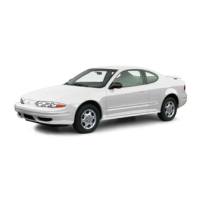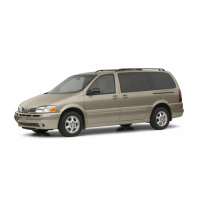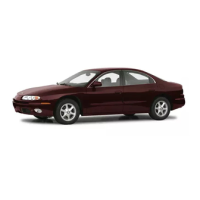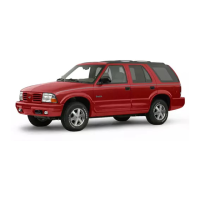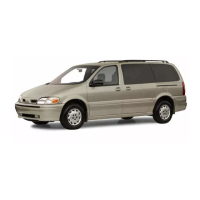alternate
method
is
to
position
the
bassinet so
that
it rests against
the
back of
the
front
seat, again crossways
in
the
vehicle.
(2) Children able
to
sit
up
by
themselves
should be placed
on
a seat and
restrained with a seat belt. When
children ride
in
the
front
seat,
both
lap
and shoulder belt should be worn.
If
the
shoulder belt causes neck
or
face
irritation due
to
the
child's size, this
may be reduced in some cases
by
positioning
the
child
further
inboard.
If
serious
discomfort
continues,
the
child should be lap belted
in
the
rear
seat. Never allow a child
to
stand
or
kneel on
any
seat.
(3) General Motors recommends
that
children be restrained properly when
riding.
However,
if
unusual conditions
prohibit
use of restraints and require
that
a child must
stand,
he should
stand
on
the
floor directly behind
the
front
seat. This will help minimize
the
possibility of injury
from
a frontal
impact in
the
event
of
an accident.
TRAILER
HAULING
Since passenger cars are designed
and
intended
to
be used primarily as passenger
conveyances, towing a trailer will
affect
handling,
durability
and
economy.
Maximum safety and satisfaction depends
upon proper use
of
correct
equipment
and
avoiding overloads
and
other
abusive
operation.
The maximum loaded trailer
weight which you can pull
with
your
Oldsmobile depends
on
what
special
equipment
has been installed on your car.
Oldsmobile
does
not
recommend
towing
any trailer unless
the
car
is
properly
equipped.
Information on trailer hauling
capabilities, special
equipment
required,
and
optional
equipment
offered
by
Oldsmobile
is
available from
your
Oldsmobile Dealer
or
by writing
to
Oldsmobile Division, Customer Service
Dept., Lansing, Michigan
48921
(or
in
Canada,
by
writing
to
General Motors
of
Canada Limited, Owner Relations
Dept.,
Oshawa,
Ontario).
To
assist
in
attaining good handling
of
the
car-trailer
combination,
it
is
important
that
the
trailer
tongue
load be maintained
at
approximately
10%
of
the
loaded trailer
weight. Tongue loads can be adjusted by
13
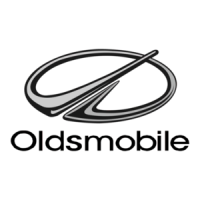
